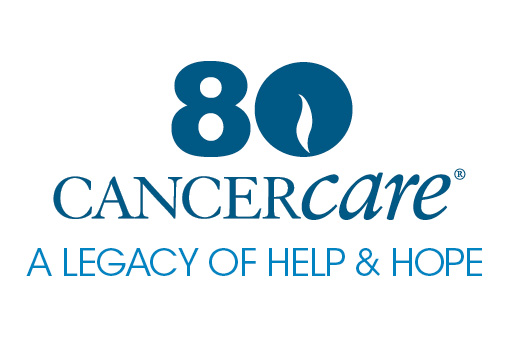Step therapy is used by insurance companies to lower its costs. It requires that a patient try one or more cheaper drugs before “stepping up” to the more expensive drug prescribed by their clinician. Usually, the patient will have to use this cheaper drug for 30 days, or even longer.
If, after 30 days, the drug the insurance company required the patient to use first is not effective, the doctor can fill out an exception form that asks the insurer to cover the more expensive drug. This usually results in successful coverage, but if the insurer denies the request, the patient may need to try another drug or pay the full price of the more expensive medication.
Insurance companies may not want to cover a new, expensive cancer drug. They may require patients to use an older, potentially less effective drug. When a cancer patient doesn’t get the right drug at the right time, the cancer may spread. Waiting for the cheaper drug to fail can take weeks or months. Meanwhile, the cancer may get worse, and the patient may get sicker.
Delays in getting the right drug can cause needless suffering for patients. For example, some chemotherapy causes very bad nausea and vomiting. There might be a drug that relieves these side effects. If the insurance company won’t cover it until less expensive drugs have been used first, you can ask your doctor to help you appeal this decision.
Many appeals are successful. Make sure to learn and follow all the requirements, including the time limitations, for filing an appeal.
